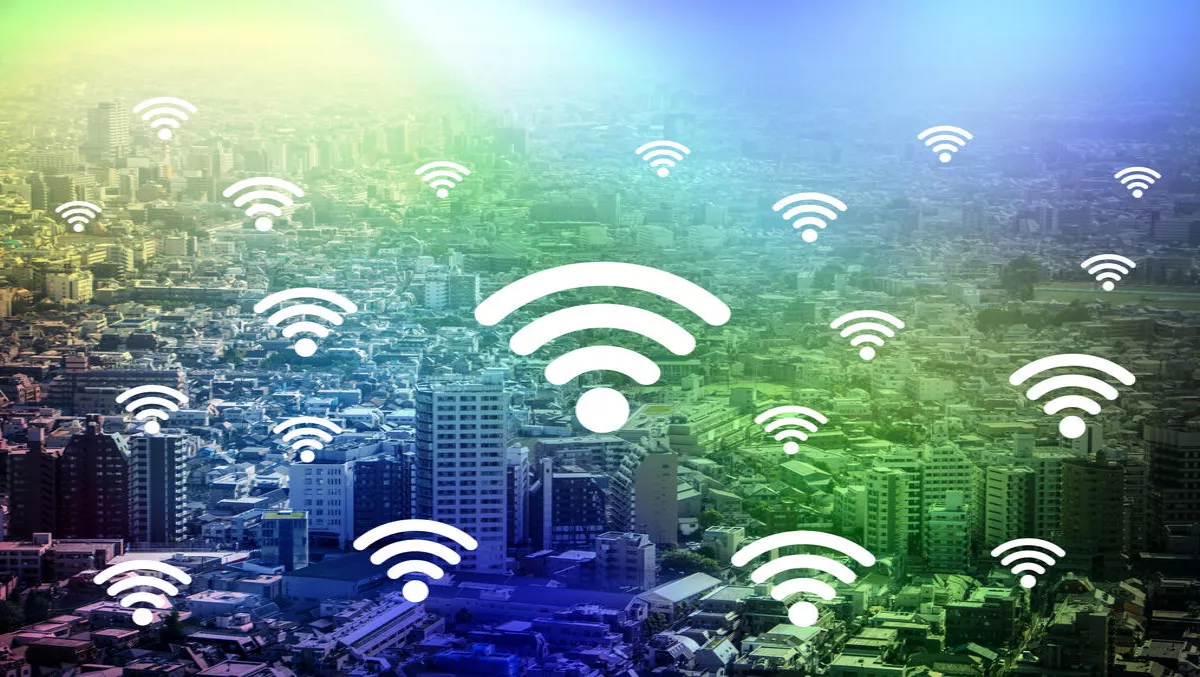
How to solve the top five common wi-fi deployment issues
Deploying large-scale wi-fi networks are an essential part of enterprise operations, but the implementation and troubleshooting can often be plagued by delays and issues.
NETSCOUT APAC director of channels Amit Rao says that users expect constant access, and when this is disrupted it can affect service quality and user experience.
"People expect Wi-Fi networks to work seamlessly so, when they don't, it can be frustrating both for users and for network engineers. Fortunately most Wi-Fi issues can be solved relatively simply by using commercially-available tools and having a logical understanding of the causes and potential fixes," Rao says.
The top five wireless networking issues in large-scale networks include everything from dead zones to roaming drops to crowd failure.
Dead zones are when devices are connected to an access point but can't download data. This can be due to a number of factors, including access point (AP) transmit power being too high, a system setting that disables low data rates, interference from other transmitters such as microwaves and network congestion.
NETSCOUT recommends that AP transmit power be set at 17bpm as a general rule, but can change for different deployments.
Roaming drops can happen when users are roaming between APs that don't have enough overlap. NETSCOUT recommends having 20-30% overlap to avoid drops. This can be tested by seeing if devices are looking for a new AP, and then setting roaming overlaps to match these tests.
Crowd failure happens when engineers test in large, empty rooms such as stadiums. While it works fine to start, the system fails when people arrive. This is caused by AP transmit power being too low, and there may not be enough overlap to cover roaming. Low data rates may be disabled.
Additionally, guests may be creating their own wi-fi hotspots to circumvent network security. This interferes with the overall network and diminishes performance.
The company suggests that network engineers use solutions to test and compare retry percentages. A high retry percentage shows that the AP transmit power is too low, and vice versa.
Underperforming APs that are connected and running at low speed could also be caused by guests creating their own hotspots, as well as issues with transmit power being set too low or too high.
NETSCOUT says that checking the AP channel and making sure it's running on a different one to neighbouring APs will eliminate interference.
Interference can be caused by Auto-RF, a widely available network tool. It adjusts channels based on radio frequencies around the AP.
That method is not necessarily the best, and the company recommends disabling Auto-RF. Network engineers can look at channel occupancy near devices, find out what channels are used by neighbouring APs and their low rates/high retry rates, then overriding the Auto-RF feature to fix problems.
Sticky devices that get stuck on APs without service are also a common problem. This can be caused by connections requiring few frames, while transmission requires many more. As such, devices can be stuck to a connection that is not delivering the right amount of connectivity.
The company says that supported data rates can be too high for the available signal-to-noice ration, so network engineers should check supported data rates for APs, ignoring any legacy settings. "By checking for these five key issues, and by ensuring all settings are appropriate to begin with, network engineers can either fix or prevent most Wi-Fi network problems before they even occur," Rao concludes.


